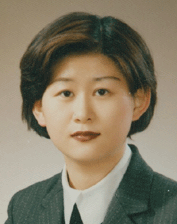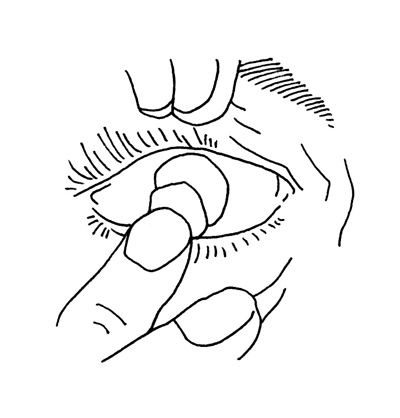올바른 콘택트 렌즈 사용법 지켜야 … 관리·세척에 특히 신경쓸 것

콘택트 렌즈는 크게 소프트 렌즈와 하드 렌즈로 나누어진다.
소프트 렌즈는 눈이 적응하기는 쉬우나 각막이 필요로 하는 산소 투과에 문제를 일으킬 수 있다는 문제점이 있다. 저산소증이 심해지면 각막 신생혈관이 생길 수 있다. 또한 미생물이 더 달라붙기 쉬워 감염성 각막염의 빈도가 높고 각막염이 심하면 각막에 혼탁을 남겨 시력의 손상을 남길 수 있다.
하드 렌즈는 초기의 적응은 소프트렌즈보다는 어려우나 최근엔 디자인이 많이 좋아져서 착용감이 많이 개선되었으며 눈물의 순환이 좋아 소프트 렌즈에서 야기되는 저산소증의 문제가 없고 미생물이 달라붙기가 상대적으로 어려워 감염성 각막염의 빈도가 낮다.
이런 콘택트 렌즈를 사용할 때는 주의할 점이 여럿 있는데 첫 번째는 관리, 세척을 잘해야 한다. 당연한 말이지만 콘택트 렌즈의 세척과 관리를 잘해야 미생물이 달라붙지 않고 눈에 합병증을 일으키질 않는다. 또한 중요한 것은 잘 때는 반드시 빼야 한다. 잠을 잘 때는 눈을 감기 때문에 각막에 공급되는 산소의 양이 주는데 콘택트 렌즈를 끼면 훨씬 더 감소하여 각막상피의 기능을 저해하고 미생물이 더 잘 달라붙게 되므로 위험성이 훨씬 커진다.

서클, 칼라 렌즈는 미용 상으로는 현격한 호전을 보일 수 있으나 각막에 닿는 부분이 거칠면 각막에 상처를 입힐 수 있고 질이 나쁜 색소를 사용한 경우에는 색소가 녹아 나올 수 있다. 또한 소프트 콘택트 렌즈 자체가 산소투과율이 낮은데 거기에 색소를 입히면 산소 투과율이 현저하게 떨어져 주의 깊은 착용을 요한다.
이런 콘택트 렌즈를 착용할 때는 안과에서 안과 의사와 상담하여 착용하는 것이 원칙이며 합법적이고 안전하다. 콘택트 렌즈의 착용 시의 주의 점을 잘 알아 합병증을 예방하고 즐거운 생활을 영위해야겠다.

